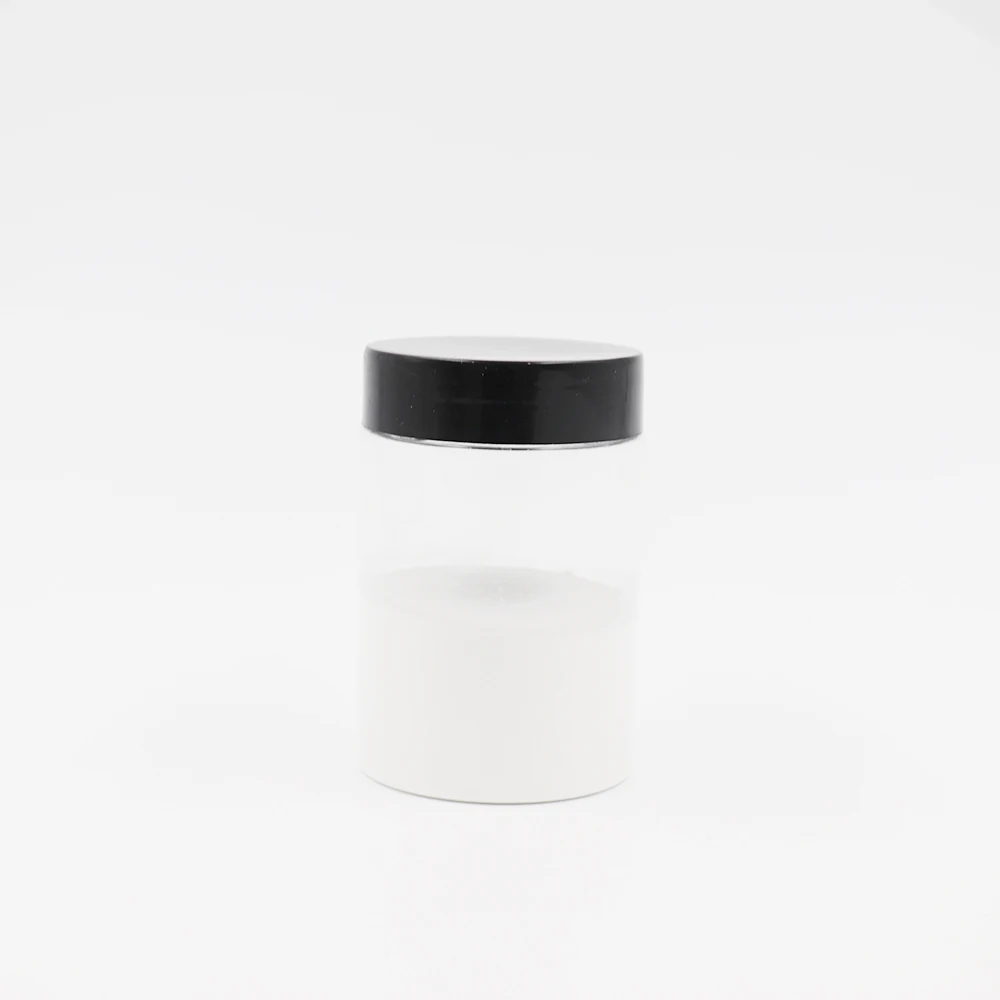
Lithium carbonate industry prospects and its impact
2024-03-11 10:46Lithium carbonate, an inorganic compound, is a common raw material for lithium-ion batteries. Lithium carbonate is colorless monoclinic crystal or white powder, easily soluble in dilute acid, slightly soluble in water, more soluble in cold water than in hot water, and insoluble in ethanol and acetone. Can be used to make ceramics, medicines, catalysts, etc.
Lithium carbonate production process
According to different sources of raw materials, the production process of lithium carbonate can be divided into salt lake brine extraction and ore extraction.
At present, other countries mainly use the salt lake brine extraction process to produce lithium carbonate, while my country mainly uses the solid ore extraction process.
From the perspective of process characteristics, the ore extraction process is relatively mature, but the ore extraction process has high energy consumption, heavy pollution, and high cost;
The advantages of extracting lithium from salt lake brine are high lithium carbonate content and low cost, but the disadvantage is the technical difficulty, especially the purification of battery-grade lithium carbonate.
In terms of extraction technology, the ore extraction method and the salt lake extraction method are very different. The ore extraction method uses spodumene as raw material. The main processes for preparing lithium carbonate include sulfuric acid method, mixed sintering method of spodumene and sulfate, sodium carbonate pressure leaching method, chloride roasting method, limestone roasting method, etc.
The lithium extraction process from salt lake brine refers to the extraction of lithium carbonate and other lithium salt products from lithium-containing salt lake brine.
The current global salt lake brine extraction technologies mainly include precipitation methods (carbonate precipitation method, aluminate precipitation method, boron magnesium boron lithium coprecipitation method), calcination leaching method, carbonization method, solvent extraction method, ion exchange method, and ETC.
Among them, solvent extraction method and ion exchange method have not yet achieved large-scale industrial application.
Generally speaking, the development cycle of extracting lithium carbonate by ore method is longer. First, the resources are explored, then the JORC Ore Reserve Report is prepared, then the EIA report, the license is delivered, and then design and mining begin.
Generally, it will go through a construction period of about 2 years, and the product can be delivered in the third year.
The entire project will take 8-9 years from initial exploration to final production. Due to the complexity of the environment and other reasons, the expansion cycle of salt lakes is relatively long. The long production cycle of lithium carbonate is also a major factor affecting the supply of lithium carbonate.
Lithium carbonate industry chain
According to purity and chemical indicators, lithium carbonate can be divided into industrial grade, battery grade and high purity grade lithium carbonate. Industrial grade lithium carbonate is mainly used to prepare various deep-processed lithium products, and is also used in the glass and ceramics industry;
Battery-grade lithium carbonate (purity ≥99.5%) is mainly used to produce lithium-ion battery cathode materials and electrolytes; high-purity lithium carbonate is the main raw material for the production of piezoelectric material lithium tantalate.
Distribution characteristics of global lithium carbonate resources
Global lithium mine development is mainly based on salt lakes, supplemented by ores. Global lithium resources mainly include salt lake lithium and lithium ore.
In terms of production, about 70% of global lithium resources are salt lake lithium and about 30% are lithium ores. Rock minerals include spodumene, lepidolite, and feldspar.
The report shows that as of 2020, global lithium ore (lithium carbonate) reserves are 128 million tons, and resources are 349 million tons, mainly distributed in Chile, Australia, Argentina, Bolivia and other countries.

